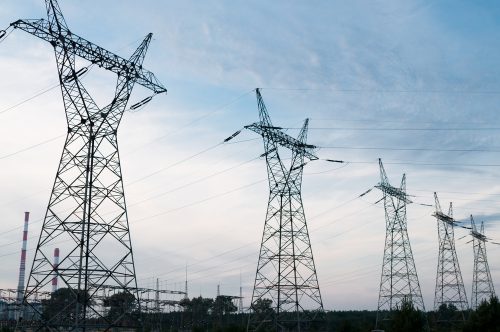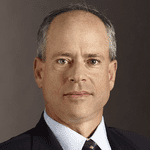
Guiding California toward a modern, dynamic grid
The Clean Coalition is shaping critical proceedings on demand response, electric vehicles, flexible capacity, resource adequacy, advanced inverters, and replacing the San Onofre Nuclear Generating Station.
The Clean Coalition is spearheading a bold effort to educate California officials about how dynamic grid solutions will best position the state to meet its Renewable Portfolio Standard (RPS) and AB 32 greenhouse gas reduction goals.
Through active intervention at the state’s key regulatory bodies, the Clean Coalition is shaping critical proceedings on demand response, electric vehicles, flexible capacity, resource adequacy, advanced inverters, and replacing the San Onofre Nuclear Generating Station.
Currently, many policymakers associate reliability and integration cost issues only with renewables. For example, rather than following California’s established Loading Order, the California Independent System Operator (CAISO) is pushing for procurement of fast-ramping natural gas plants to mitigate potential reliability issues illustrated by its ‘Duck Chart’ as California approaches its 33% Renewable Portfolio Standard.
In reality, all forms of generation – including nuclear and fossil fuel plants – face integration costs and reliability issues. While renewables have predictable variability, nuclear and fossil fuel power plants often shut down unexpectedly, forcing energy consumers to foot the bill for reserves and frequency response. The CAISO graph below illustrates how more than half the outages associated with fossil fuels are unplanned.

Relying on natural gas plants tointegraterenewables is an unnecessary step backwards from the state’s long-term energy and climate goals. The Clean Coalition has modeled cost-effective dynamic grid solutions – such as demand response, energy storage, and curtailment – to show their effectiveness integrating renewables and “Flattening the Duck” as California approaches its RPS goal. Similarly, the Clean Coalition continues to work to ensure thatadvanced invertersare treated as a cost-effective tool to optimize power quality, system reliability, and ratepayer economics through distributed voltage regulation.
The Clean Coalition’s hard work continues to gain traction with high-level policymakers and utilities. A recent joint CAISO/National Electric Reliability Council report supports many of the Clean Coalition’s proposed solutions. Recognizing this important perspective, the California Energy Commission (CEC) has invited the Clean Coalition to present this January on renewables integration. This presentation will provide a key opportunity early in 2014 to ensure that California policymakers clearly understand the opportunity of dynamic grid solutions.

